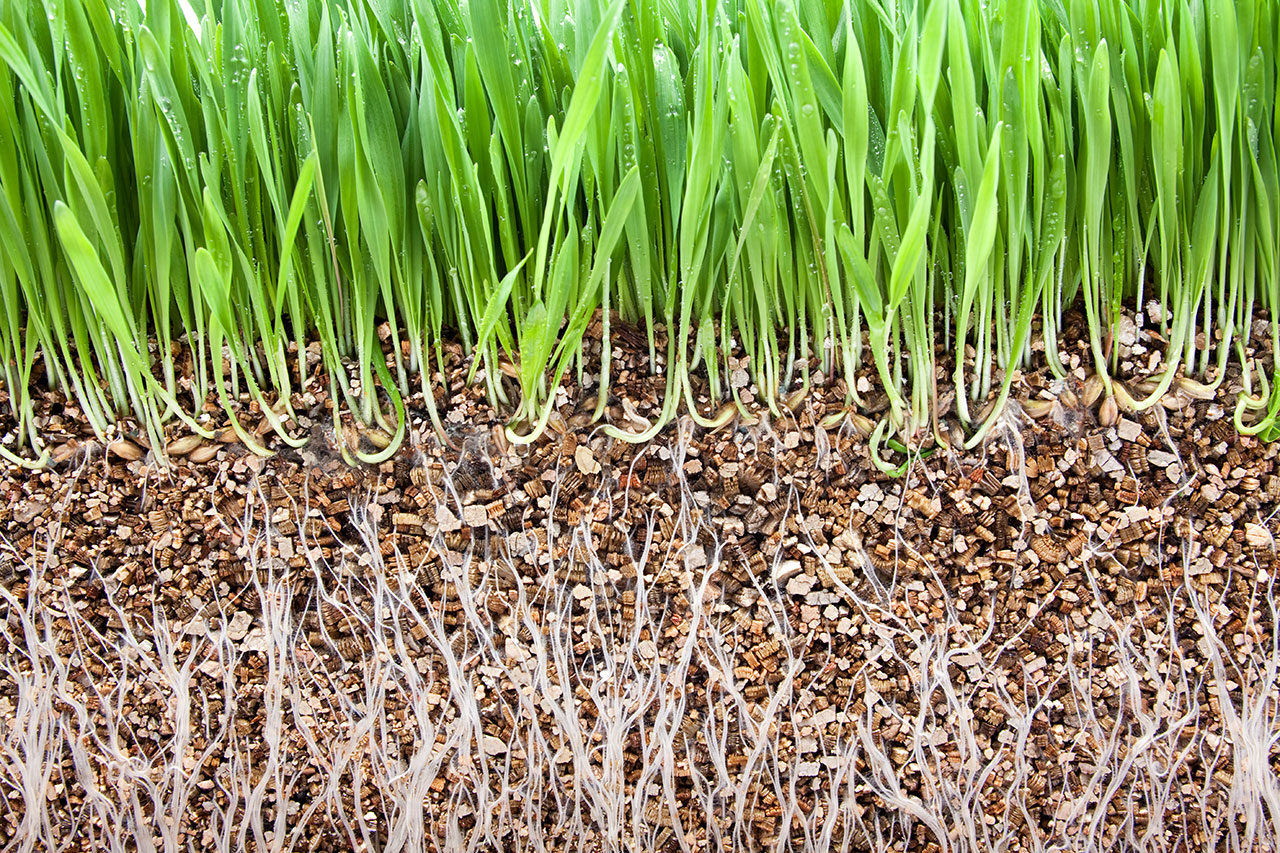Kathy’s Home & Garden Tips – Middle Summer Garden and Lawn

July 4th marks the middle of summer. Most places in the country are experiencing warm temperatures with varying amounts of rain. Even if you are getting regular storms, you may still have to water. Often storms seem to drop a huge amount of water, but much of the rain runs off before it can do much good. It’s those slow, day-long rains that really benefit the lawn and garden.
Warmer weather is hard on the lawn. If rain is spotty, a good hour-long water is best. Longer, more infrequent watering encourages long roots. Leaving the grass a little longer is better for this time of year. When you do mow, mow more frequently, never cutting more than 1/3 of the length. Remember, the grass roots grow longer as the grass does. Very short grass has short roots and is less healthy. A general weed and feed fertilizer works well. Follow directions to the letter and maybe even go a little lighter. Pick a cooler, cloudy day if you can; after a rain is the best time. Let sit, then water again after a day or so.
Don’t forget the trees and shrubs when you’re watering. Long established trees and shrubs can go through a dry spell but young plantings need water. A root waterer is best. It’s a long, hollow tube with holes in the bottom and a hose connection at the top. It takes the water deep down to the roots. Water trees out to the drip line- the perimeter around the tree where the outermost branches reach, as the roots grow out to here. If you don’t have a root waterer, no problem. Trickle an open hose each way the same direction, slow and long for a few hours.
Keep fertilizing the garden every three weeks or so. Harvest anything that’s ready to encourage more vegetable growth. If the weather is extremely hot and sunny, the cooler weather vegetables like beans, cucumbers, and peppers will benefit from some shade. We hang a tarp to give them shade when the heat is brutal. Water every few days to keep everything thriving. Keep an eye out for pests, checking often; especially under leaves. If you find any, use an all- purpose vegetable dust. Follow the directions, this dust is safe and can usually be used up to two days before harvest. Even if you don’t use any pesticides, birds and other animals leave little gifts. Of course, wash all vegetables before eating. We even use a mild soap to make sure the veggies are squeaky clean.
KATHY WEAVER-ZECH & DEAN’S TEAM CHICAGO


